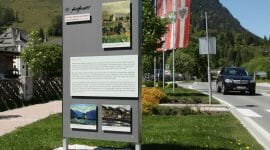All attractions at a glance
Get an overview: here you will find the right offer for your stay.
The voyage of discovery can begin.
From the middle of April, you will find an overview of the situation of all participating 2021 SL Card attractions here. You can currently also still find the overview map from 2020 (which will differ in a few attractions from the current season). From the end of April 2021, you can take a look at the new brochure for the 2021/22 seasons, which shows all the detailed information about the excursion destinations.
TIP: Either benefit from a 24-hour Salzburg Card OR enjoy a free trip on the Grossglockner High Alpine Road! The choice is yours!























